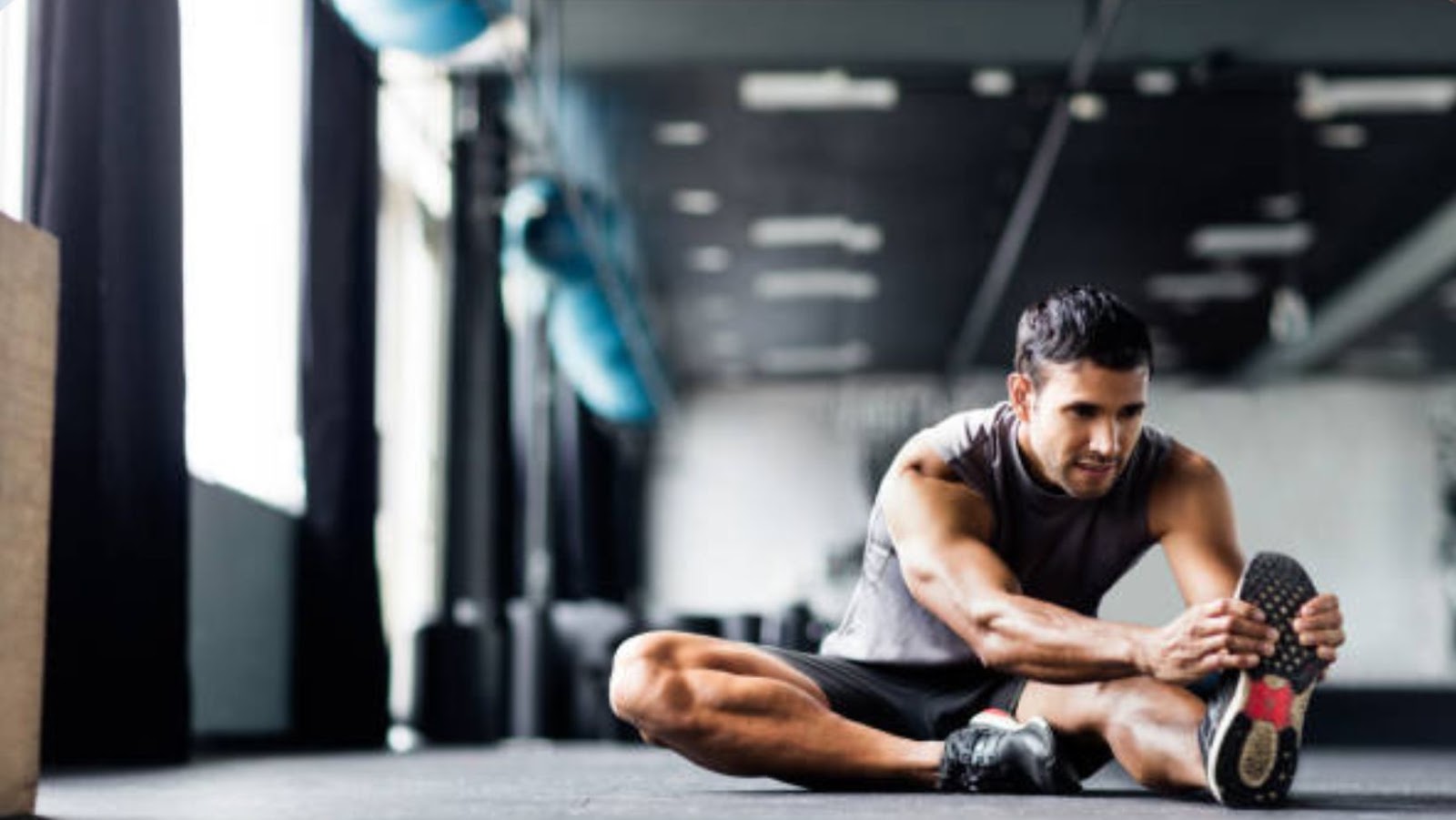Stretching is an important part of any fitness routine, but why does it make you so sore afterward? Stretching can cause various types of discomfort. The most common is delayed onset muscle soreness, or DOMS, caused by micro-tears in the muscles built up during a stretching session.
This article will discuss the science behind why stretching makes you sore and how to reduce the pain.
What Happens to Muscles During Stretching?
Stretching helps to increase the flexibility of muscles and reduce the risk of injury during physical activity. However, if done incorrectly, it can lead to soreness and discomfort.
When you stretch, you are lengthening the muscle fibers and increasing the range of motion in your joints. This increased tension on the muscle can cause tiny tears in the muscle fibers, resulting in soreness and stiffness. These tears are not harmful but are a natural part of the muscle’s adaptation process. However, over-stretching or holding a stretch for too long can cause more severe muscle damage, leading to pain and injury. To prevent soreness after stretching, it’s essential to do it gradually and within your own range of motion. It’s best to warm up the muscles with light activity before stretching and to hold each stretch for 10-30 seconds without pushing beyond your comfort level.
Pro Tip: Remember to breathe deeply and relax when stretching to prevent unnecessary tension and soreness.
Causes of Muscle Soreness Due to Stretching
Stretching is an essential component of fitness that can help prevent injury and improve flexibility, but it can also lead to muscle soreness if not done correctly. Stretching muscles not used to that range of motion or intensity can result in soreness that generally lasts for 1-2 days. The cause of muscle soreness due to stretching is small, microscopic tears in the muscle fibers due to the excessive or repeated pulling of muscles beyond their normal range of motion. The body’s natural response to this is to create inflammation to initiate the healing process, which leads to the symptoms of soreness, stiffness, and tenderness. Drinking plenty of water, gentle self-massage or heat application, and light movement or stretching can aid in recovery. Over time, continued stretching will reduce the likelihood and severity of soreness.
Overstretching of Muscle Fibers
Overstretching of muscle fibers is one of the reasons why stretching can make you sore. When you stretch a muscle, you are lengthening the muscle fibers to their full extension. If you go beyond this point and push the muscle fibers to try further, you can cause micro-tears in the muscle tissue. This micro-damage can lead to soreness, inflammation, and discomfort in the affected muscles. Therefore, performing stretches carefully and stopping when you feel mild pain is important. Stretching also increases blood flow to the muscles, which can cause inflammation and soreness, especially if you’re new to stretching or haven’t stretched for a long time. Proper stretching techniques, gradual progression, and post-stretching care like icing can help prevent soreness and injury.
Microscopic Muscle Damage
Stretching can make you feel sore due to microscopic muscle damage when you push your muscles to their limits. When you engage in physical activity, your muscles contract and expand repeatedly, leading to tiny tears in your muscle fibers. Stretching helps in reducing the soreness caused by this microscopic muscle damage. When you stretch, you increase blood flow to your muscles and improve their flexibility, alleviating pain and preventing further damage. However, stretching too much or aggressively can exacerbate soreness and lead to injury. It is advisable to stretch gently, especially in the case of sore or stiff muscles, and avoid overstretching or bouncing during stretching exercises.
Pro tip: To reduce soreness, try some light aerobic exercise, or use a foam roller to massage your muscles after stretching.
Delayed Onset Muscle Soreness (DOMS)
Delayed Onset Muscle Soreness, commonly known as DOMS, is a type of muscle soreness that occurs hours or days after exercising or stretching. DOMS is typically caused by microscopic damage to muscle fibers that occur when we perform activities that our bodies are not used to. Stretching can also cause DOMS because it strains our muscles and forces them to extend to their maximum length, which can cause micro-tears in the muscle fibers. Stretching can also lead to the accumulation of lactic acid, which can contribute to muscle soreness.
To prevent or minimize DOMS caused by stretching, it’s important to start slowly and gradually increase your stretching routine’s intensity over time. You can also try stretching after a warm-up and cooling down after stretching to help your muscles recover. Drinking plenty of water to prevent dehydration can also help reduce muscle soreness after a workout.
Pro Tip: Foam rolling and massage can also be effective tools to alleviate soreness caused by DOMS.
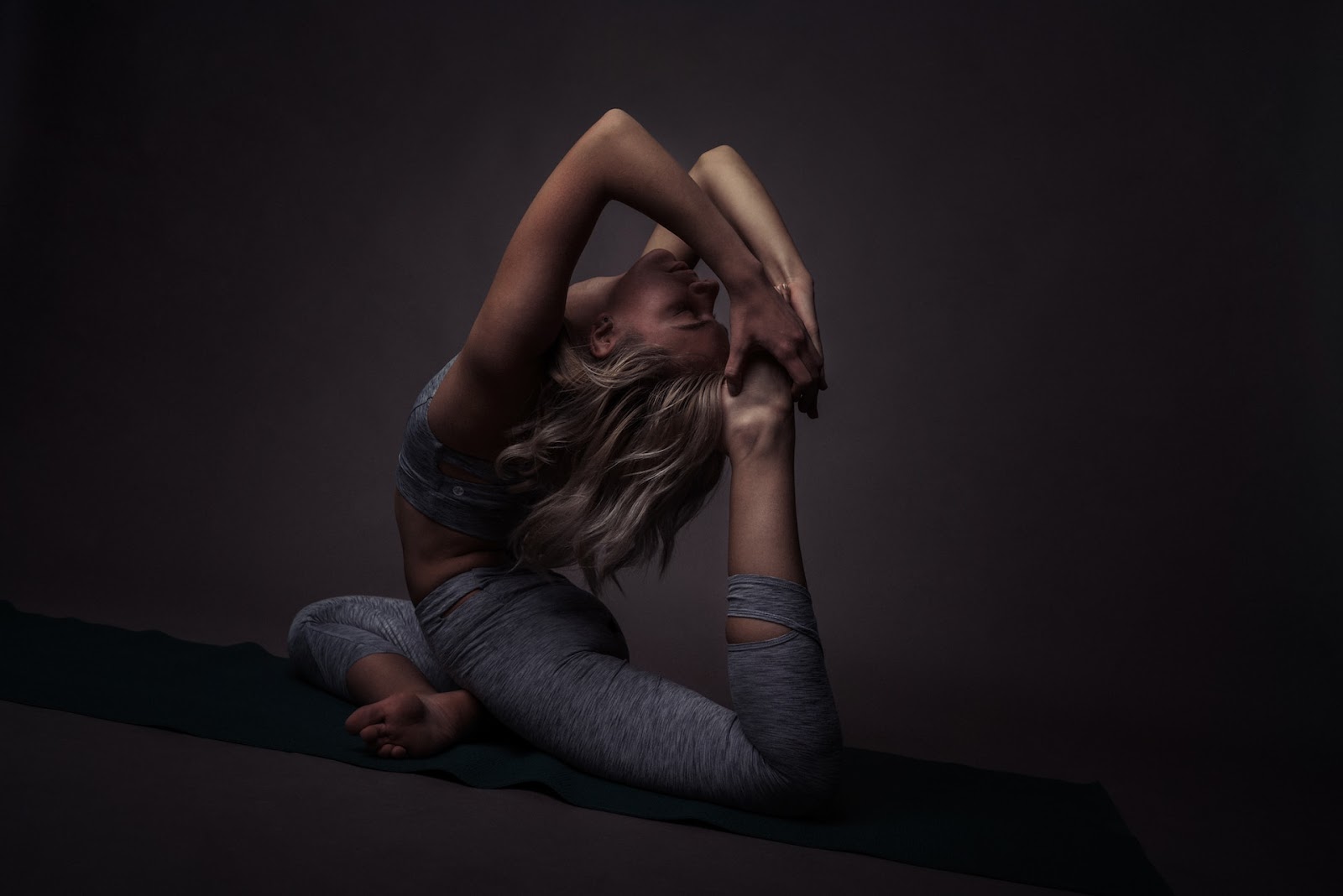
Can Stretching Make You Sore
Stretching is a great way to improve your flexibility and help your muscles recover better after a workout. However, it can sometimes lead to muscle soreness and even cause injury if done incorrectly. In this article, we’ll discuss why stretching causes soreness and how to reduce muscle soreness from stretching.
Stretching Techniques to Reduce Soreness
Stretching is crucial to maintaining flexibility and preventing muscular injuries but can often lead to muscle soreness. Stretching makes you sore due to the tiny micro-tears that occur in your muscle fibers when you stretch. As these muscles heal and recover, they become stronger and more flexible. Here are some stretching techniques that can help reduce muscle soreness:
|
Technique |
Description |
|
Dynamic stretching |
This involves performing stretches that mimic the movements of the activity you are about to do. |
|
Static stretching |
Hold your stretches for at least 30 seconds to give your muscles enough time to relax. |
|
Foam rolling |
Using a foam roller can help ease tension and soreness in your muscles. |
|
Active recovery |
Perform low-intensity exercises to help flush out toxins and promote blood flow to your muscles. |
Remember to hydrate well and follow a routine to improve flexibility safely. With these tips, you can enjoy your stretching routine without worrying about muscle soreness.
Pro tip: If you are new to stretching, start slowly and gradually building up the intensity and duration of your stretches to avoid overstretching and injuries.
Dynamic Stretching
Dynamic stretching can help reduce muscle soreness by increasing blood flow, warming the body, and preparing the muscles for movement. When we stretch, we cause microscopic tears in the muscle fibers, which lead to inflammation and soreness. However, with dynamic stretching, we can prepare our muscles to handle the stress of stretching and minimize soreness. Dynamic stretching involves moving the muscles through their full range of motion without holding a position. Examples of dynamic stretches include leg swings, arm circles, and lunge with a twist. By starting with smaller movements and gradually increasing the range of motion, dynamic stretching can help improve flexibility and reduce soreness. Additionally, by warming up the body before stretching, we can increase blood flow and circulation to the muscles, reducing stiffness and soreness.
Active Isolated Stretching (AIS)
Stretching helps improve flexibility and range of motion but can also lead to muscle soreness. This is because stretching causes small tears in the muscle fibers, which can result in inflammation and soreness. Active Isolated Stretching (AIS) is a technique that can help reduce muscle soreness and improve flexibility. AIS involves holding each stretch for a few seconds and then releasing it. This increases blood flow and oxygen to the muscles, which can help reduce inflammation and soreness. Additionally, AIS focuses on specific muscles and joints, making it a targeted approach to stretching that can help prevent injury and increase mobility. Incorporating AIS into your stretching routine can help you achieve flexibility goals while reducing post-workout soreness.
Proprioceptive Neuromuscular Facilitation (PNF)
Stretching is essential to maintaining muscle health but can also leave you feeling sore. Proprioceptive Neuromuscular Facilitation (PNF) is a stretching technique designed to reduce muscle soreness.
PNF stretching involves contracting and relaxing targeted muscles in exercises that enhance flexibility and mobility. The technique can also improve strength and reduce pain.
When you stretch your muscles, you create micro-tears in the muscle fibers, which can cause soreness. PNF stretching increases blood flow and muscle oxygen, promoting faster healing and reducing soreness. To try PNF stretching, target the muscles you want to stretch, then contract and relax them in sets of 10-20 repetitions. This method is particularly useful for athletes or anyone who exercises regularly and often suffers from muscle soreness.
|
Pro tip |
|
It is essential to practice PNF stretching correctly to avoid injury. Seek advice from a qualified instructor or therapist, and start with light exercises to avoid muscle strain. |
Proper Form And Gradual Progression of Stretching
Stretching is an effective way to improve flexibility, prevent injury and reduce muscle soreness. However, improper form and progression can lead to more soreness than intended.
Stretching can make you sore because the small stresses imposed by stretching cause microscopic damage to muscle fibers that are not accustomed to being stretched. This damage leads to inflammation, which triggers the sensation of muscle soreness. Proper form and gradual progression are crucial to minimize muscle soreness from stretching. Avoiding bouncing or over-stretching can prevent injury and soreness. Gradually increasing the duration and intensity of stretches over time can improve flexibility without creating significant soreness. It is important to note that feeling mild to moderate soreness after stretching is normal and usually nothing to worry about. However, if stretching-induced soreness persists for more than a few days, it may be a sign of an injury, and it is best to seek medical attention.
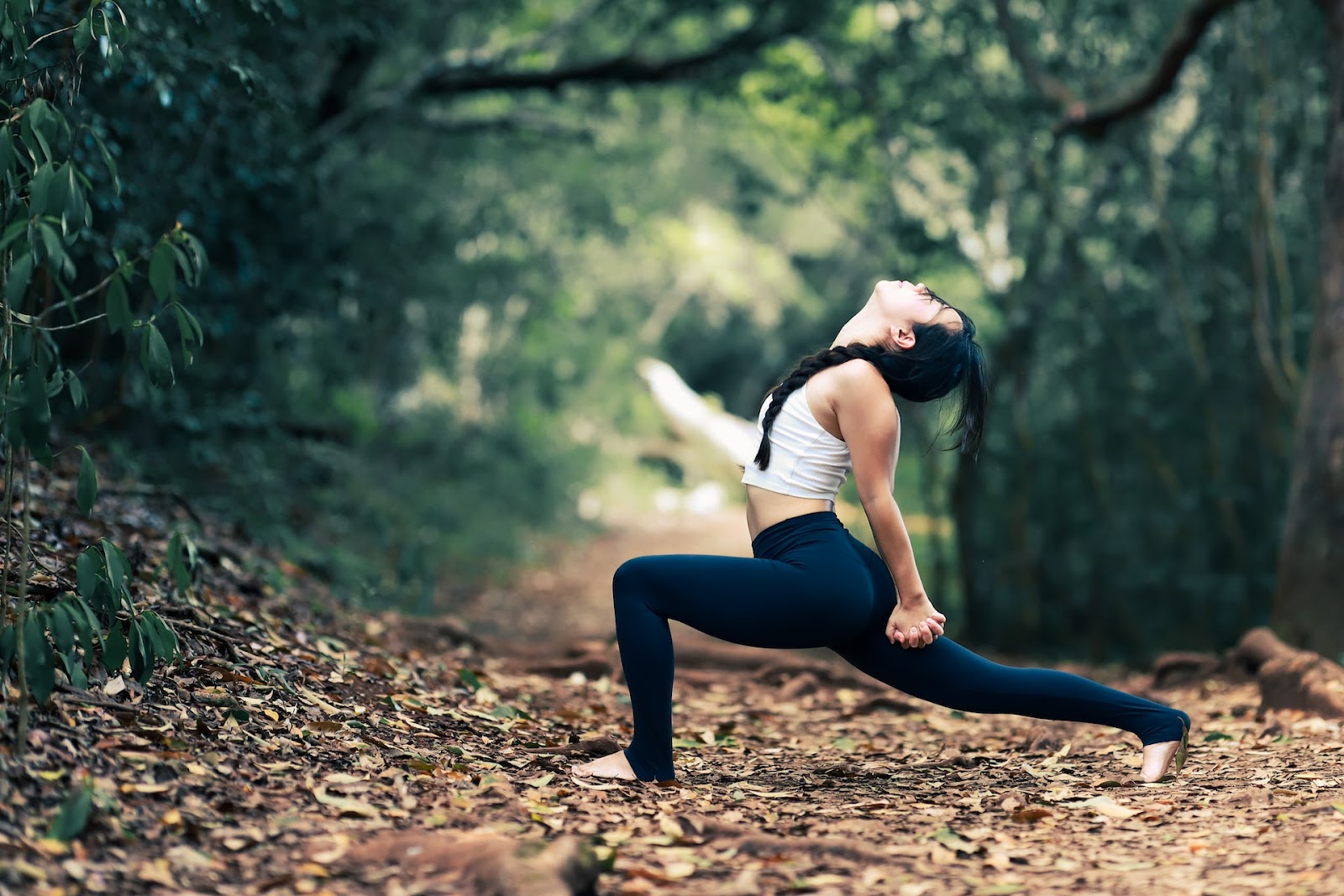
Other Strategies to Reduce Soreness
When stretching, you perform controlled damage to your muscle fibers, which triggers a repair response in your muscles. This response causes muscle soreness, feeling stiff and discomfort that can last from hours to days depending upon the intensity of stretches. To minimize post-stretching soreness, consider the following strategies:
|
1. Light aerobic activity post-stretching allows your muscles to flush out waste products and get fresh blood and oxygen. |
|
2. Ice or a cold shower around the sore muscles can help the muscle inflammation from stretching. |
|
3. Gentle stretching the targeted muscles a day after stretching can help speed up the recovery process. |
|
4. A hot bath and a heating pad on the sore muscles may help relax tense muscles and reduce inflammation. |
Following these effective strategies can reduce post-stretching soreness, enjoy better flexibility, and avoid injuring yourself.
Applying Heat or Cold to Targeted Muscles
Stretching can often leave you with sore muscles, but applying heat or cold can alleviate the discomfort and help your muscles recover faster. Heat therapy can help to soothe sore muscles by improving blood flow and promoting relaxation. On the other hand, cold therapy can help reduce inflammation and numb pain.
Here’s how to use heat or cold therapy for muscle soreness:
|
Heat Therapy |
Cold Therapy |
|
Apply a heating pad or warm towel to the affected area for up to 20 minutes. Alternatively, take a warm bath to attain the same effects. |
Wrap a cold pack or bag of ice in a towel and apply it to the affected area for 15-20 minutes. Repeat several times throughout the day as needed. |
Why does stretching make you sore? When you stretch, you cause small tears in your muscle fibers, resulting in soreness and inflammation. Stretching beyond your current flexibility levels causes excessive damage, eventually making you sore. So, it’s advisable to stretch slowly and within your limits, allowing your muscles to adapt to the stretching over time.
Foam Rolling
Why does stretching make you sore? Stretching involves lengthening your muscle fibers, which can cause small tears in the muscle tissue. This, in turn, triggers inflammation and soreness in the affected muscles. However, you can use techniques to reduce muscle soreness from stretching, such as foam rolling.
Foam rolling is a form of self-massage that helps increase blood flow to sore muscles, minimizing inflammation and soreness. Here are the steps to follow:
|
1. |
Lie on your side with a foam roller positioned under your hip. |
|
2. |
Use your arms to support your upper body and your opposite leg to control the pressure on your sore leg. |
|
3. |
Roll your body towards the knee, then back to the hip, using small back-and-forth movements. |
|
4. |
Switch sides and repeat the process. |
|
5. |
Try to foam roll for 5 – 10 minutes daily to reduce muscle soreness from stretching. |
Pro tip: To increase the effectiveness of foam rolling, try adding deep breathing exercises while rolling.
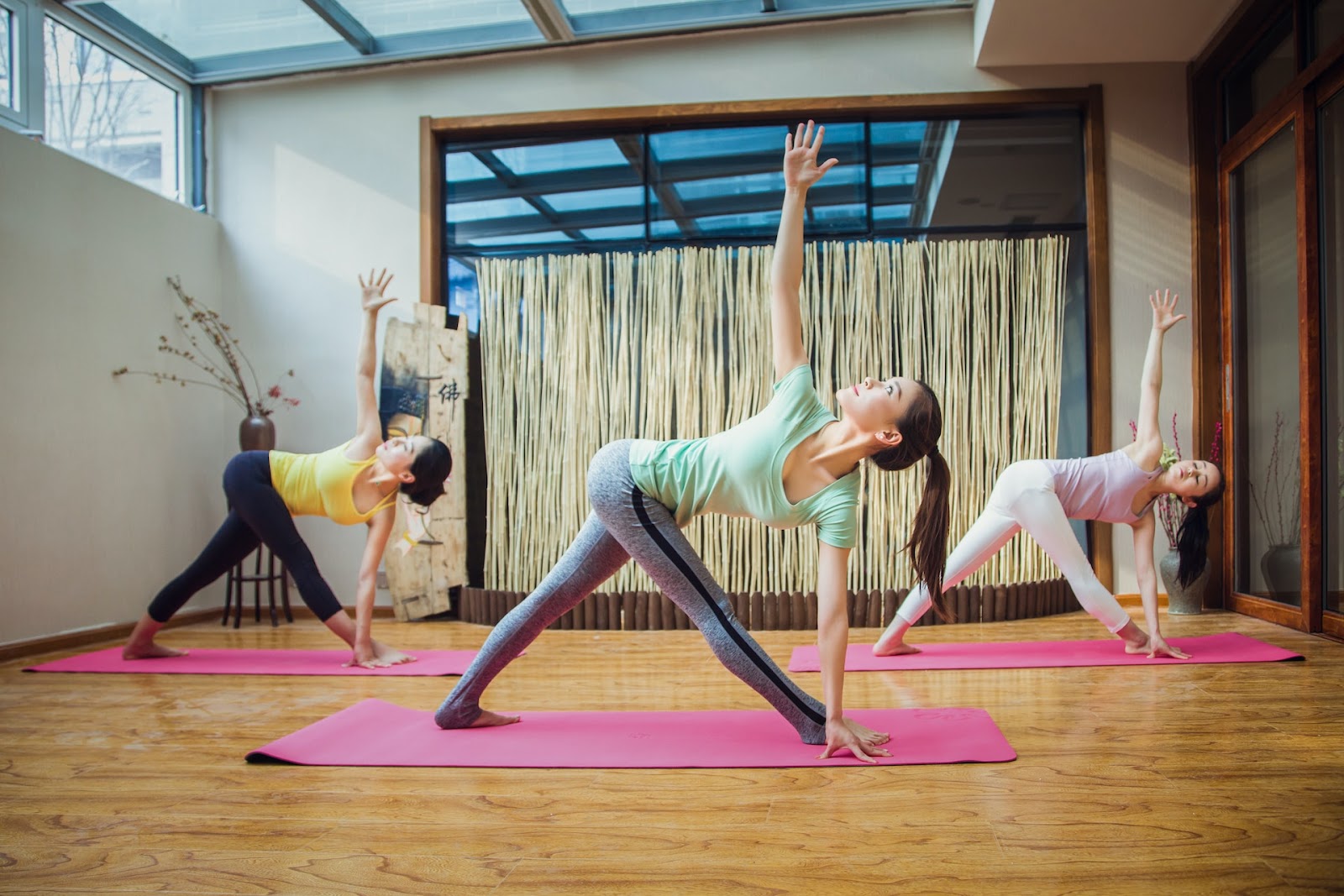
Proper Nutrition And Hydration
Stretching can cause muscle soreness, especially if you’re new to stretching or have overdone it. Proper nutrition and hydration can help reduce muscle soreness from stretching.
Here’s how:
|
Nutrition: |
Hydration: |
|
Consuming a balanced diet emphasizing lean proteins, whole grains, and fruits and vegetables can help reduce muscle soreness. Lean proteins help build and repair muscle tissue, while complex carbohydrates and fruits and vegetables provide essential vitamins and minerals that aid in muscle recovery. |
Staying hydrated is essential for muscle recovery, as dehydration can worsen muscle soreness. Drink water before and after stretching to help flush out toxins and reduce inflammation. |
In conclusion, incorporating proper nutrition and hydration into your stretching routine can help reduce muscle soreness and improve overall muscle recovery.
Pro-tip: Remember to stretch regularly and gradually increase the intensity and duration of your stretches.
Common Myths And Misconceptions About Stretching And Soreness
When it comes to understanding why stretching can make you sore, there are many myths and misconceptions out there. Many people assume that stretching causes soreness, but that may not be true. This article will look at common myths and misconceptions about stretching and soreness and what you should know about it.
The Myth of “No Pain, No Gain”
The adage “no pain, no gain” is a common myth associated with exercise and stretching that can lead to injury and discourage people from adopting a healthy lifestyle. While some level of soreness after stretching or physical activity is normal, excessive pain can be a sign of injury or muscle strain. So, why does stretching make you sore? During stretching, you are causing micro-tears to your muscle fibers, which can result in soreness and stiffness. This soreness is a natural process when we push our muscles beyond their comfort zone. However, it is crucial to distinguish between soreness and actual pain to avoid causing harm to our bodies. Stretching gradually and listening to your body signals to determine when to stop or reduce the stretch is recommended. Remember, fitness should not be a painful and miserable experience. Incorporate stretching and exercise into your life in a way that feels good for your body and brings you joy.
|
Pro Tip: |
Doing a light cardio workout after stretching can help reduce soreness and alleviate muscle stiffness. |
The Role of Genetics in Muscle Soreness
Stretching can lead to muscle soreness because it causes microscopic tears in muscle fibers, and genetics can play a role in how quickly and severely the muscles heal from these tears. The degree of muscle soreness after stretching can vary greatly depending on an individual’s muscle fiber type, which is determined by genetics. People with a higher percentage of Type II muscle fibers tend to experience more soreness because these fibers are less resistant to fatigue and more prone to tearing.
Genetics can also impact the production of enzymes involved in muscle recovery and inflammation, which can affect how long the muscles can heal after stretching.
While stretching can cause discomfort, it is a common myth that stretching directly causes muscle soreness. Rather, muscle soreness is a natural response to the stress and tearing of muscle fibers during physical activity or exercise.
Therefore, stretching is an important component of injury prevention and overall muscle health and should be done regularly to maintain flexibility and range of motion.
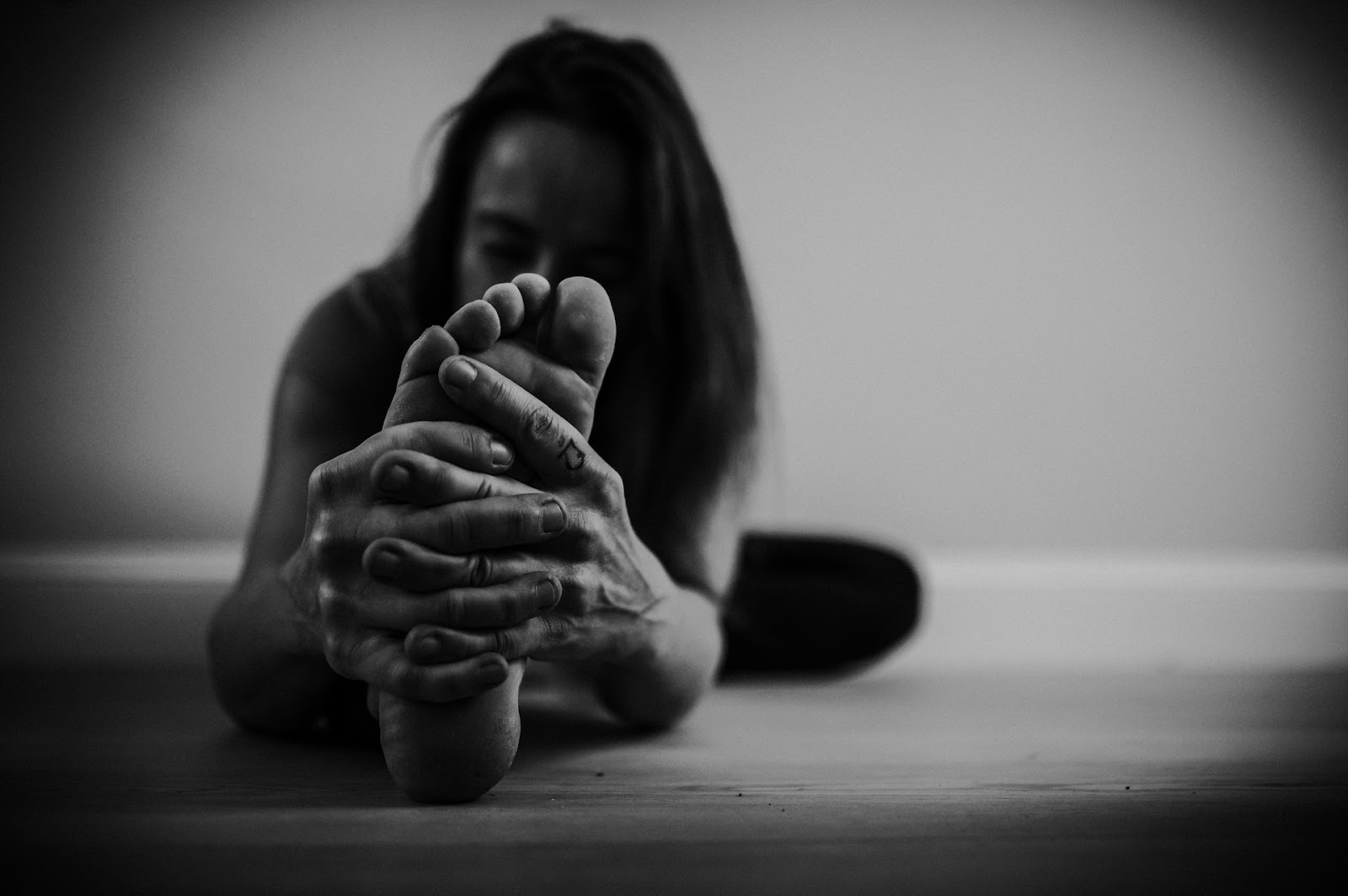
The Importance of Individualized Stretching Routines
Stretching is an essential part of any workout routine, but it’s important to understand that not all stretches are created equal. Individualized stretching routines can help prevent injury, improve flexibility, and reduce soreness after exercise. So, why does stretching make you sore? Contrary to popular belief, stretching does not cause muscle soreness. Instead, it’s a sign that your muscles are adapting to a new exercise routine, and microscopic tears in your muscle fibers cause the discomfort. Foam rolling and stretching can help alleviate soreness by increasing blood flow to the affected muscles, reducing inflammation, and speeding up recovery.
Common myths and misconceptions about stretching and soreness:
|
– Stretching before exercise can prevent injury (False – Studies have shown that pre-exercise stretching does not have a significant impact on injury prevention) |
|
– If you’re not sore after stretching, you’re not doing it right (False – Soreness is not an indicator of the effectiveness of stretching) |
|
– Stretching can make you more flexible immediately (False – It takes time and consistent stretching to see significant improvements in flexibility) |
To create an individualized stretching routine that works for you, consider your fitness goals, exercise routine, and any areas of muscle tightness or pain. Consult with a professional if needed.
Pro tip: To reduce soreness and promote recovery, try incorporating foam rolling, dynamic, and static stretches into your routine. And remember, consistency is key to seeing results!
